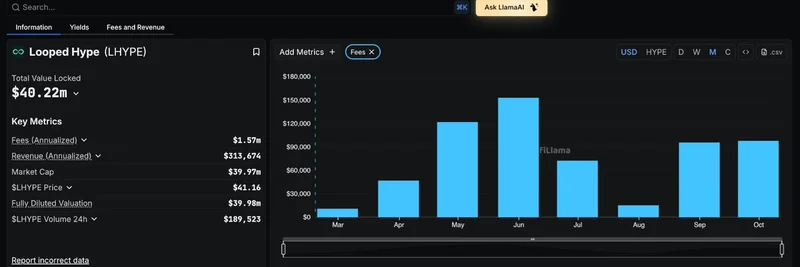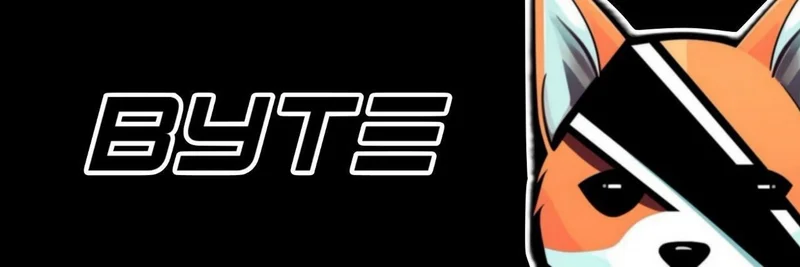Hey folks, if you're knee-deep in the wild world of blockchain and meme tokens like the rest of us at Meme Insider, you know that security isn't just a buzzword—it's the backbone that keeps your viral dog coins from turning into rug-pull horror stories. This week, Julian Sutherland from NethermindEth—the PhD wizard heading up formal verification—dropped a casual thread that's anything but casual. It's a sneak peek into some seriously game-changing tools for verifying zero-knowledge (ZK) circuits. Think of ZK proofs as the magic that lets you prove something's true without spilling all the beans—perfect for private, scalable transactions in DeFi or even those meme token airdrops that need to stay tamper-proof.
Let's break it down step by step, because these aren't just code commits; they're steps toward bulletproof blockchain infrastructure that could make meme projects more legit and less "hold my beer" risky.
First up: the initial draft of the CertiPlonk framework. If you're new to this, Plonky3 is a speedy library for building ZK proofs, kinda like the turbo engine under the hood of proof systems. CertiPlonk takes that and slaps on formal verification—fancy talk for mathematically proving your code does exactly what it's supposed to, no sneaky bugs. Imagine auditing your smart contract not with endless test cases, but with ironclad logic that catches errors before they nuke your liquidity pool. For meme token devs, this means faster, safer launches without the paranoia of exploits eating your gains.
Next, they've merged a generalized FRI model into ArkLib. FRI? That's Fast Reed-Solomon Interactive Oracle Proofs—a mouthful, but basically a way to check huge data sets super efficiently in ZK setups. Generalizing it opens doors for more flexible, reusable components in proof systems. We're talking about scaling up those viral meme farms or NFT drops without the gas fees choking your wallet. This merge is like upgrading from a bicycle to a rocket bike for ZK devs.
Hot on its heels: the first draft of batched FRI. Batching means handling multiple proofs at once, slashing computation time and costs. In a world where meme tokens live or die by quick iterations and low fees, this could be the secret sauce for embedding ZK into everyday dApps—think batched claims for airdrop hunters or verified multisig for community treasuries.
And they're not stopping there. The team is dipping toes into embedding Bluebell's probabilistic program logic into Iris-Lean, a powerhouse for reasoning about concurrent programs. Probabilistic logic? It's for modeling uncertainty in code, like predicting failure rates in decentralized networks. Tie this to ZK, and you've got tools to verify not just if your meme token contract works, but how reliably it holds up under spam attacks or oracle fails.
Julian wraps it with a teaser: "More stuff coming soon on zk circuit verification 🤫." If history's any guide, NethermindEth's drops like this often ripple into Ethereum upgrades or layer-2s that juice up the entire ecosystem. For us meme insiders, it's a reminder that beneath the hype and hopium, rock-solid tech like this is what turns fleeting trends into enduring protocols.
Keep an eye on these repos if you're building or just geeking out—formal verification might not sound sexy, but it's the unsung hero keeping the blockchain party going. What's your take? Will CertiPlonk make ZK more accessible for indie meme projects? Drop your thoughts in the comments, and stay tuned for more breakdowns right here at Meme Insider.
Originally spotlighting insights from Julian Sutherland's X post.


